Meet the Alvis continuation series – a storied name in British motoring history is back
The Alvis name is more than a century old yet you can still order a factory-fresh model from its impressive back catalogue, thanks to the survival of its unique archive

‘The Alvis name is known mostly only to car nerds. People under 50 may have heard of it but won’t know much about it,’ concedes Alan Stote, the current custodian of the Alvis name and the man behind its revival. ‘I don’t think that’s a bad thing,’ he adds. ‘People are looking for difference now. They want to be seen to have made an unusual choice.’

Alvis Graber Drop Head Coupe
An Alvis is certainly an unusual choice given modern sensibilities. However, it is more than this fabled difference that explains a readiness to spend upwards of £325,000 on a hand-built ‘modern’ Alvis. The newly revived company – which last built a car in 1967 – has so far made ten, with two under construction and a third on order, enough to keep it busy until sometime in 2026.

Alvis Graber Drop Head Coupe
Established in 1919 by Thomas George John and renamed the Alvis Car and Engineering Company in 1921, the firm evolved from making engines and components to become a luxurious car maker, relying on coachbuilders to create the bodywork for its innovative underpinnings. In its heyday, it was said to rival the other major British luxury carmaker of the time, Rolls-Royce. Among its most famous models in the 1930s were the exotic art seco-era Bertelli Sports Coupe, the Vanden Plas Tourer and the Lancefield Concealed Hood.
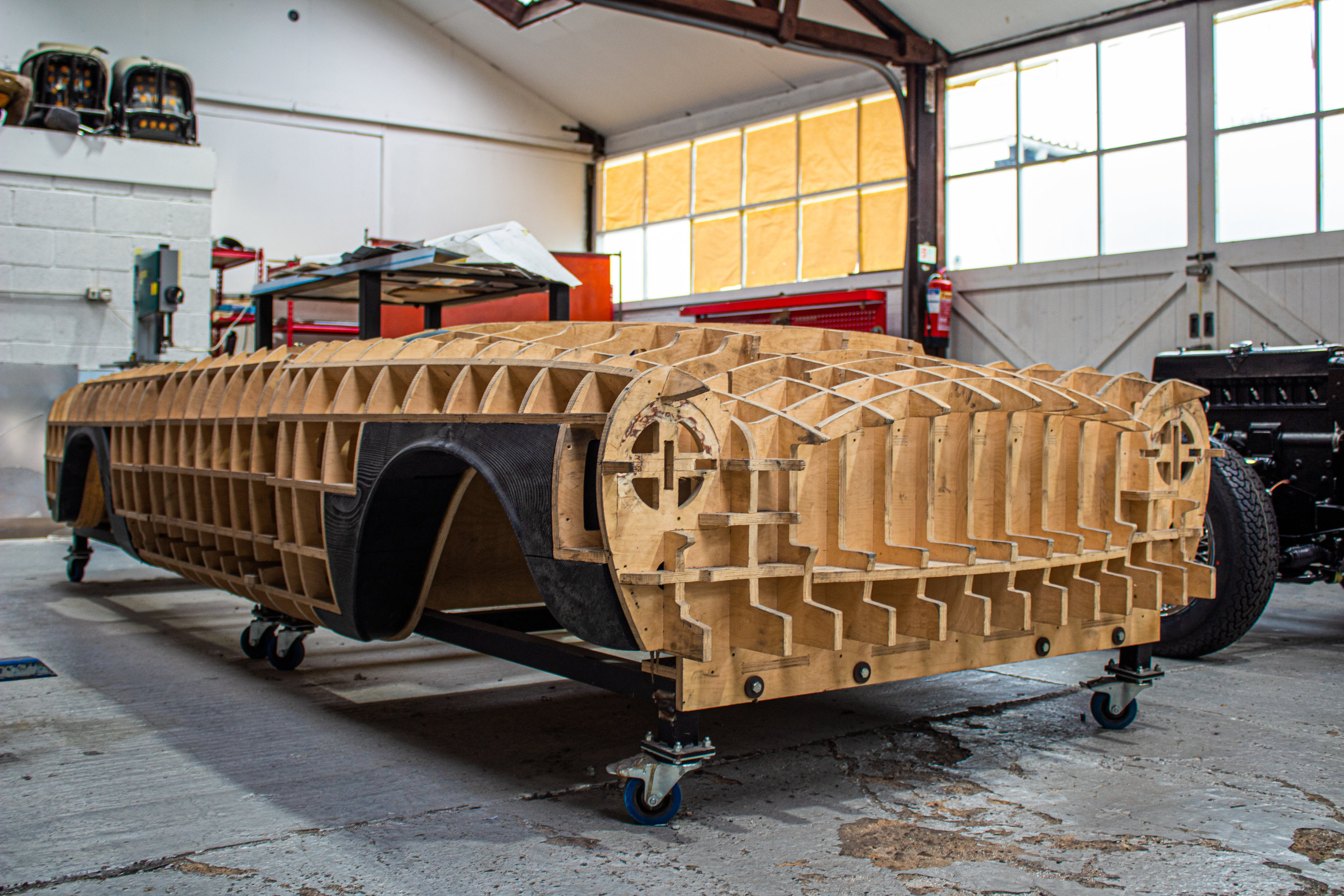
The wooden frame used to shape the Graber's coachwork
In the post-war era, the company also had an exclusive arrangement with the acclaimed mid-20th-century Swiss car designer Hermann Graber, who built and bodied a handful of elegant coupés. These models belonged to the rarefied and expensive era before factory-made luxury cars, after which ‘the cost of tooling meant that cars all started to look the same’, according to Stote.
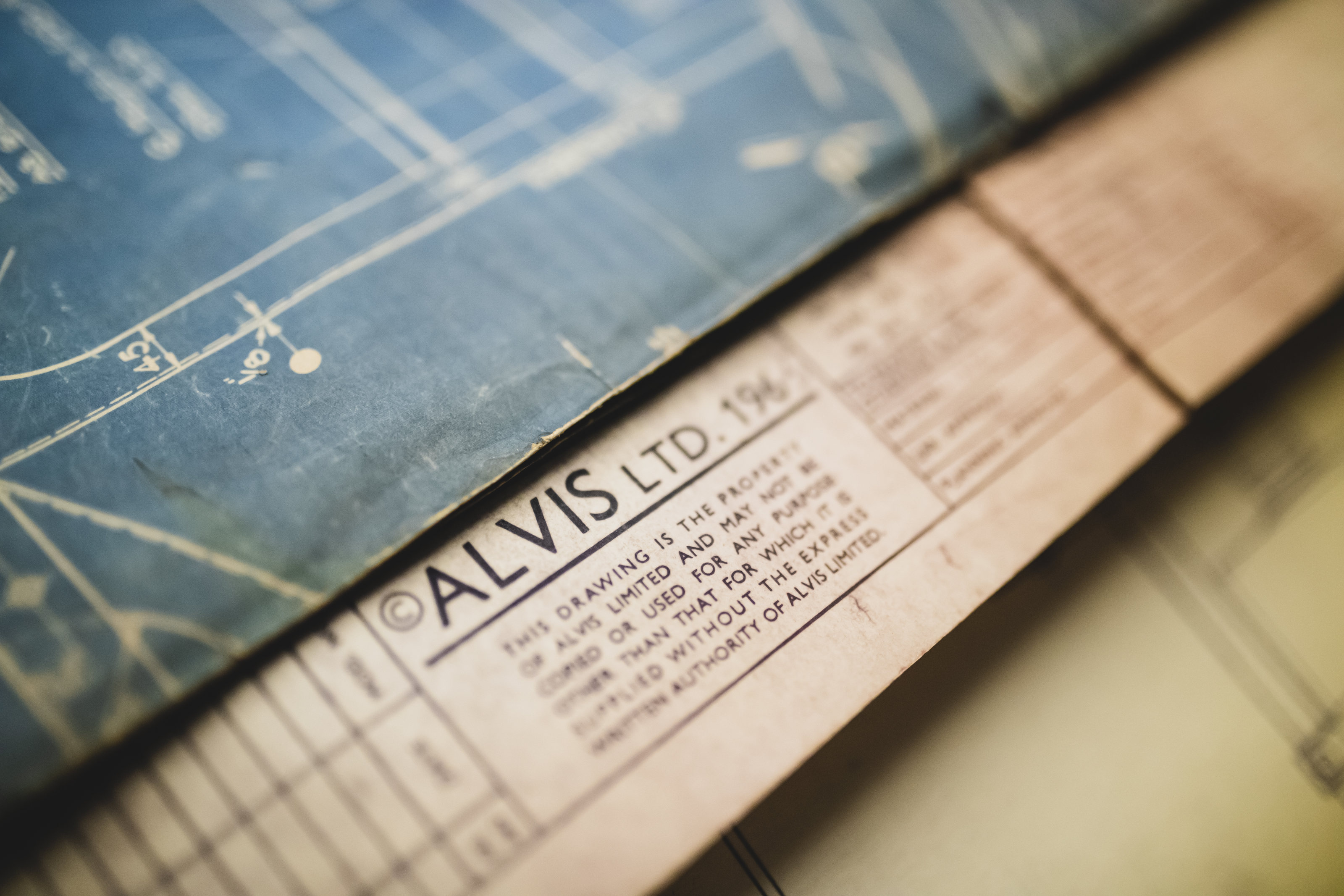
Original engineering drawings from the Alvis archive
It was Alvis that invented the first independent front suspension, the first front-wheel drive cars, and the first all-synchromesh gearbox. The flying ace Douglas Bader drove an Alvis, as did Benjamin Britten and the Duke of Edinburgh. And so, more recently, did auto parts entrepreneur and pre-war car collector Stote.

Original engineering drawings from the Alvis archive
After Alvis ceased production in 1967, there remained a small repair and servicing business for its select owners. But what drew Stote to acquire the name 30 years ago was a love of history and a desire to preserve it: remarkably, Alvis’ archive was complete since inception and remained in one place, in Kenilworth, near Coventry. That included not just 25,000 original engineering drawings but a large, mothballed inventory of components, including over 30 complete and unused engines. The rebirth of Alvis was plotted.
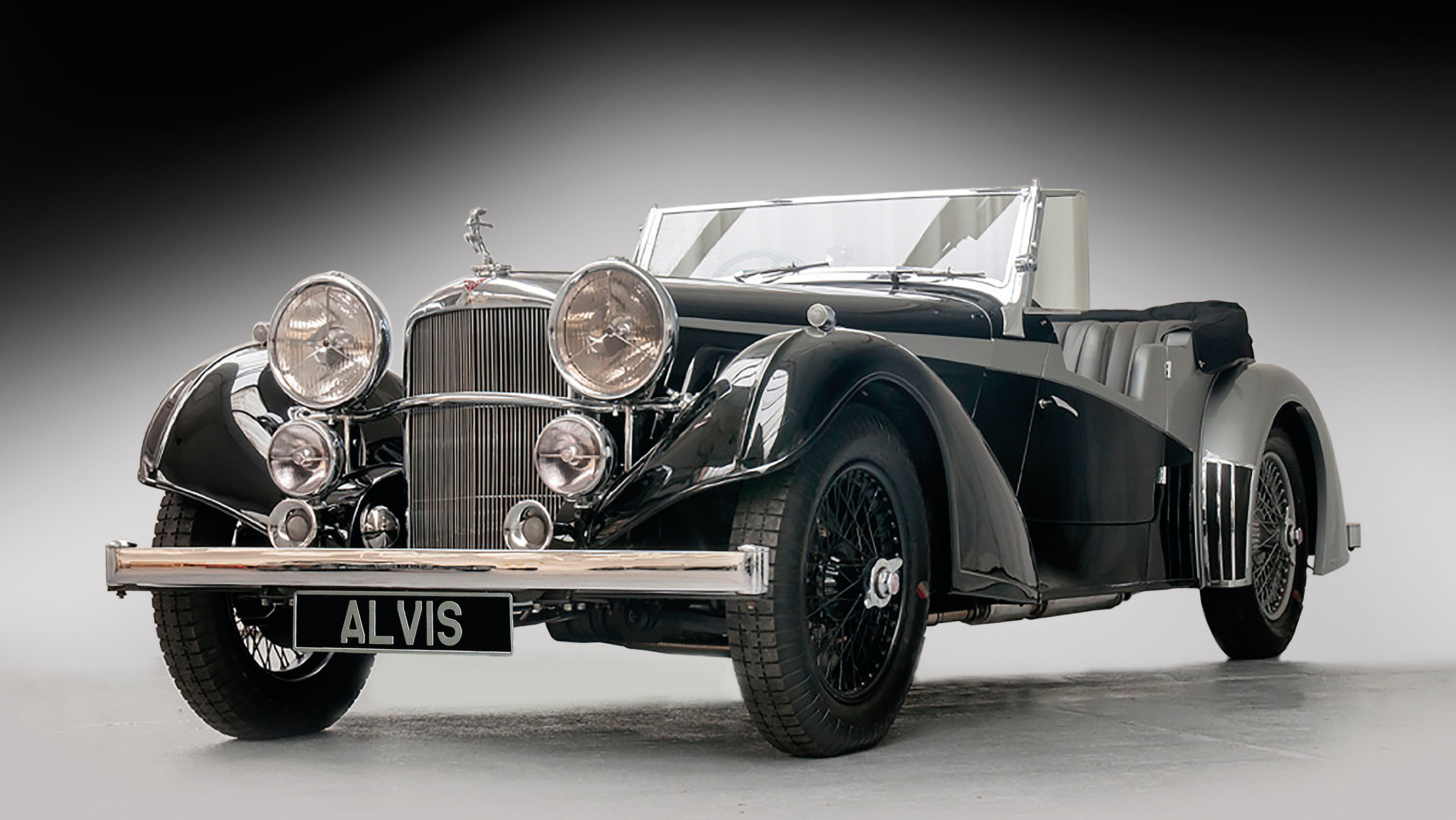
Alvis 4.3L Vanden Plas Continuation
‘As repair and servicing jobs gradually got harder and more complex [depending on what other mechanics had done to the cars over the years], building a new car was in many ways easier and more predictable, especially when you have all the components,’ Stote explains. ‘Other companies have of course got into the business of completely remodelling vintage cars. I concluded it had to be a better job if it was done by the original OEM.’
Wallpaper* Newsletter
Receive our daily digest of inspiration, escapism and design stories from around the world direct to your inbox.
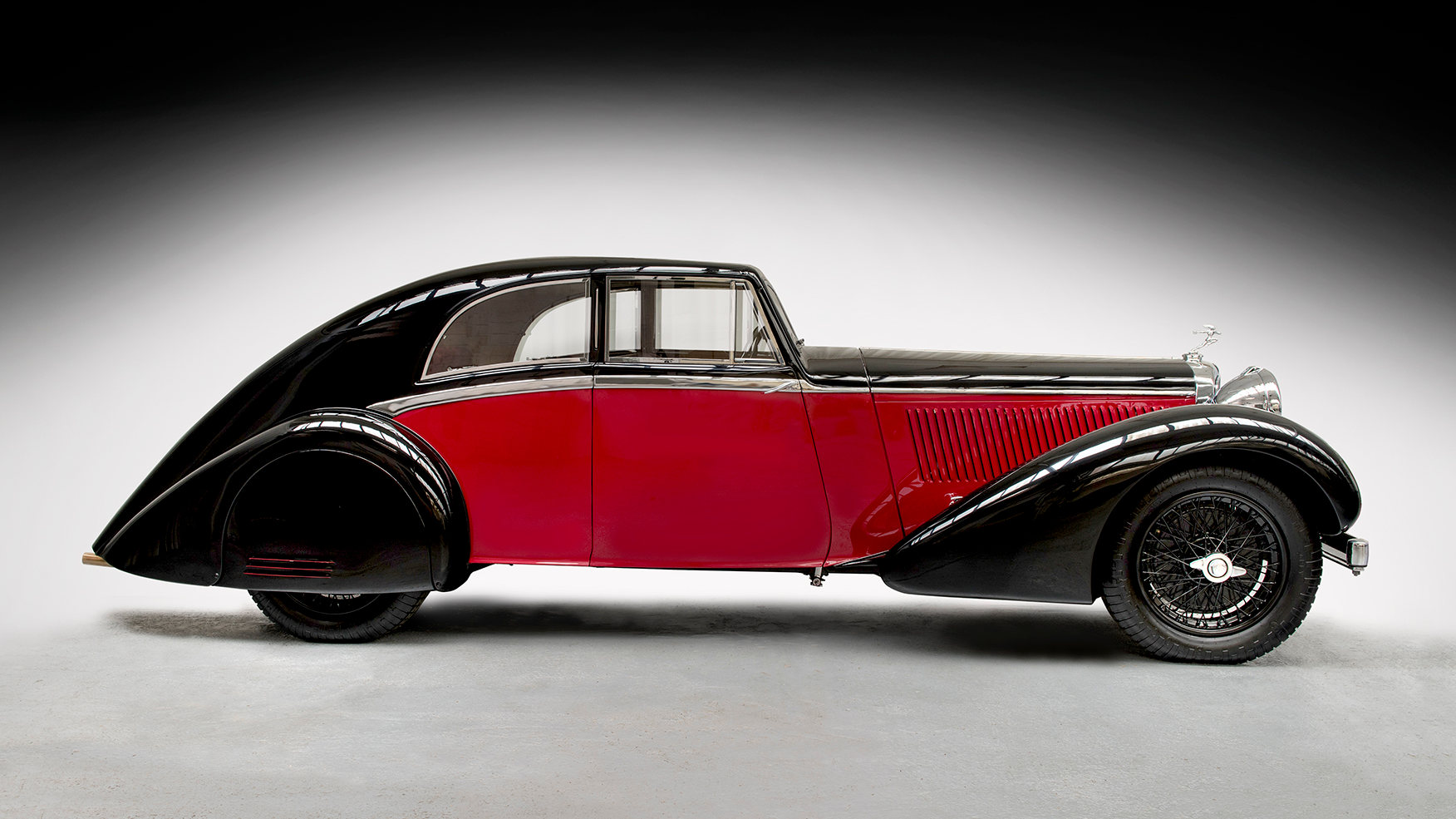
Alvis Bertelli Sports Coupe Continuation
Stote stresses that the ‘new’ Alvis cars are not rebuilds or replicas but are part of a new kind of 'continuation series', as he calls it. Just don’t expect – like a new Rolls-Royce – the most high-tech of vehicles; some of the new Alvis cars will still be powered by a 4.3 litre in-line six-cylinder engine designed by the company in 1936.

Under the bonnet of the new Alvis Graber Drop Head Coupe
Today, buyers can specify one of several continuation models, spanning decades of Alvis’ history. From the 4.3 litre-powered Vanden Plas Tourer to the smooth lines of the 1935 Bertelli Sports Coupe and the Lancefield ‘concealed hood’ model, to the post-war Park Ward Drop Head Coupe and Graber Coupe/Cabriolet, Alvis exists in a distinct and rarefied place, hand-building new cars using the same methods as they used 90 years ago. ‘I’ve been very pleased by the relaunch, but actually Alvis really made it easy for me, because everything was already there,’ says Stote. ‘I just had to take it on.’
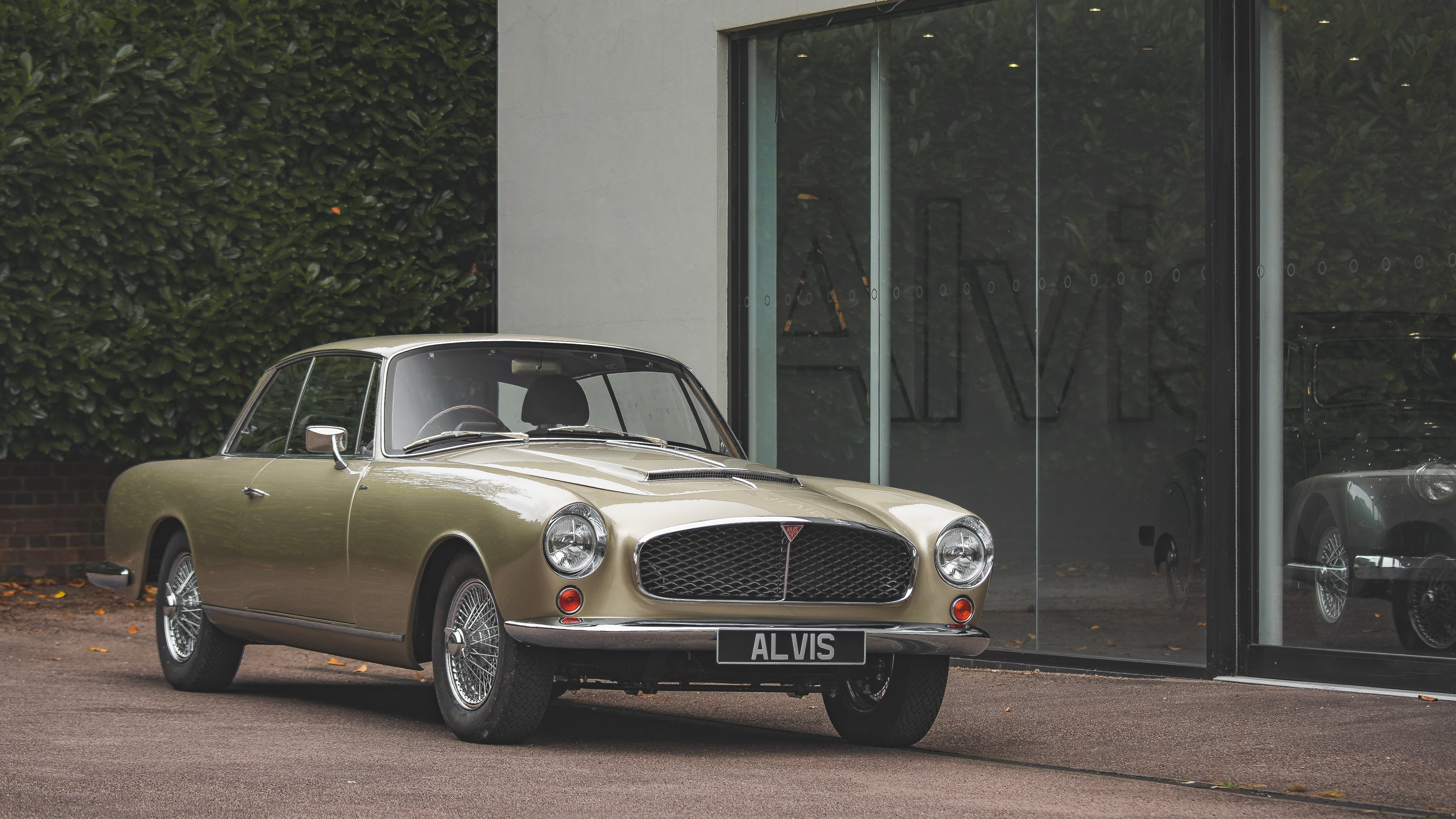
Alvis Graber Coupe Continuation Car
For more information, visit TheAlvisCarCompany.co.uk, @AlvisCarCo
Josh Sims is a journalist contributing to the likes of The Times, Esquire and the BBC. He's the author of many books on style, including Retro Watches (Thames & Hudson).
-
 Titanium watches are strong, light and enduring: here are some of the best
Titanium watches are strong, light and enduring: here are some of the bestBrands including Bremont, Christopher Ward and Grand Seiko are exploring the possibilities of titanium watches
By Chris Hall
-
 Warp Records announces its first event in over a decade at the Barbican
Warp Records announces its first event in over a decade at the Barbican‘A Warp Happening,' landing 14 June, is guaranteed to be an epic day out
By Tianna Williams
-
 Cure your ‘beauty burnout’ with Kindred Black’s artisanal glassware
Cure your ‘beauty burnout’ with Kindred Black’s artisanal glasswareDoes a cure for ‘beauty burnout’ lie in bespoke design? The founders of Kindred Black think so. Here, they talk Wallpaper* through the brand’s latest made-to-order venture
By India Birgitta Jarvis
-
 EV start-up Halcyon transforms a classic 1970s Rolls-Royce into a smooth electric operator
EV start-up Halcyon transforms a classic 1970s Rolls-Royce into a smooth electric operatorThis 1978 Rolls-Royce Corniche is the first fruit of a new electric restomod company, the Surrey-based Halcyon
By Jonathan Bell
-
 China’s Leapmotor pounces on the European car market with its T03 city car and C10 SUV
China’s Leapmotor pounces on the European car market with its T03 city car and C10 SUVLeapmotor’s tiny electric city car could be just the tonic for cramped urban Europe. We sample the T03 and its new sibling, the fully loaded C10 SUV, to see if the company’s value proposition stacks up
By Jonathan Bell
-
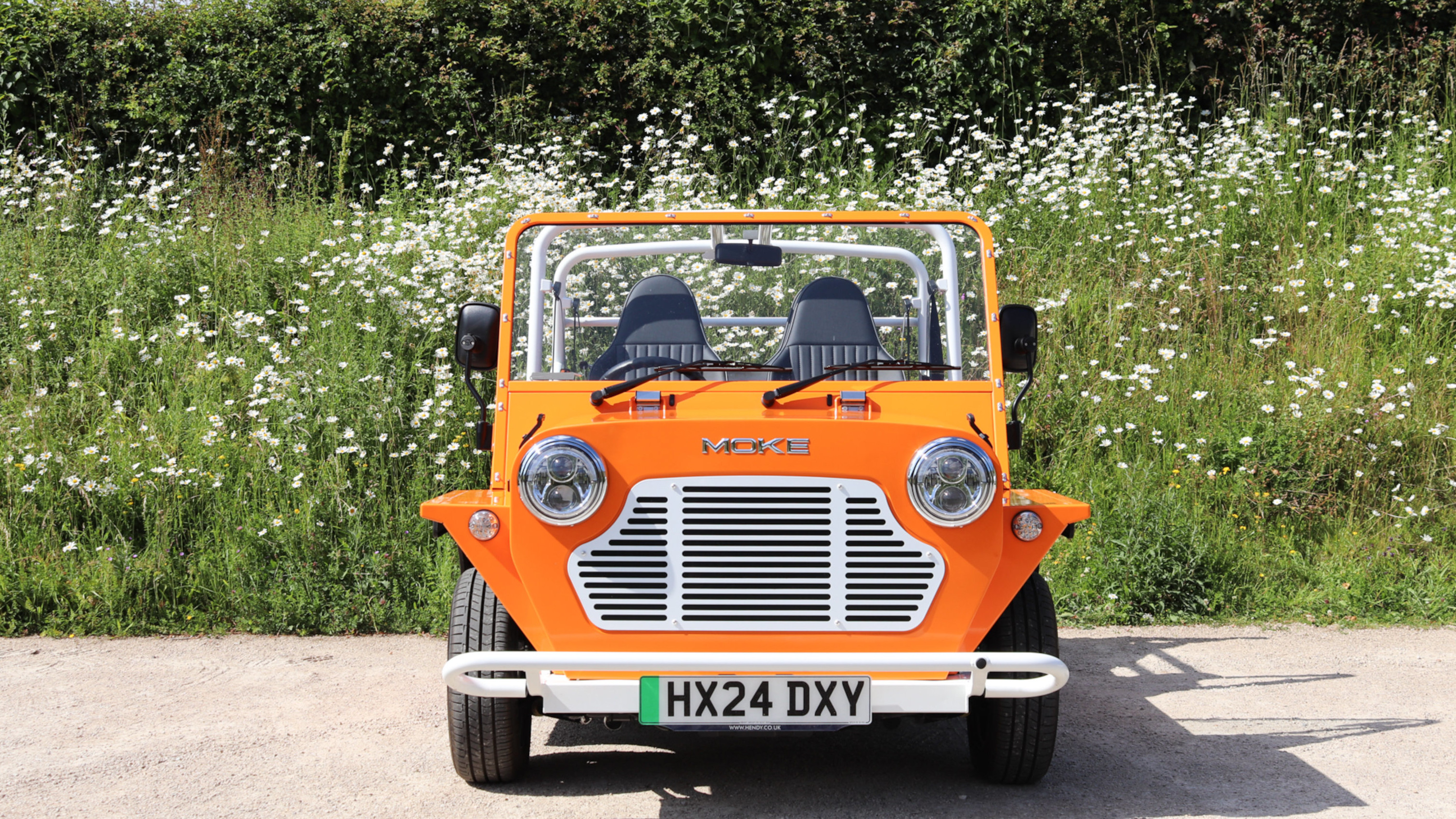 We make off with a MOKE and experience the cult EV on the sunny backroads of Surrey
We make off with a MOKE and experience the cult EV on the sunny backroads of SurreyMOKE is a cult car with a bright future. Wallpaper* sat down with the company's new CEO Nick English to discuss his future plans for this very British beach machine
By Jonathan Bell
-
 Hongqi’s Giles Taylor on the Chinese car maker's imminent arrival in the UK
Hongqi’s Giles Taylor on the Chinese car maker's imminent arrival in the UKHongqi makes China's state limousines. By 2026, it'll have a pair of premium EVs on UK roads. Giles Taylor, its VP of design, tells us about its design approach, and ambition in Europe
By Aysar Ghassan
-
 British sports car builder Caterham teams up with the RAF to create this bespoke machine
British sports car builder Caterham teams up with the RAF to create this bespoke machineHelicopter parts are repurposed for the bodywork of this Caterham Seven 360R, built in collaboration with RAF Benson
By Jonathan Bell
-
 Will this UK company secure the future of classic cars?
Will this UK company secure the future of classic cars?Everrati, a specialist UK engineering firm hailing from the rolling hills of the Cotswolds in the UK, thinks it holds the key to classic car electrification
By Jonathan Bell
-
 NAIC's architectural facility in England’s car-making heartland
NAIC's architectural facility in England’s car-making heartlandDesigned by Cullinan Studio, the centre sits at the entrance to the University of Warwick campus
By Guy Bird
-
 Striking footbridge reconnects Tintagel Castle to the Cornish cliffs
Striking footbridge reconnects Tintagel Castle to the Cornish cliffsSeparated over 500 years ago by a dramatic gorge, Tintagel Castle has been reconnected to the mainland with a red steel footbridge. Paved with slate and quartzite tiles, it slices through the Cornish coastal landscape, unexpectedly – yet successfully – connecting history and legend to the present
By Giovanna Dunmall